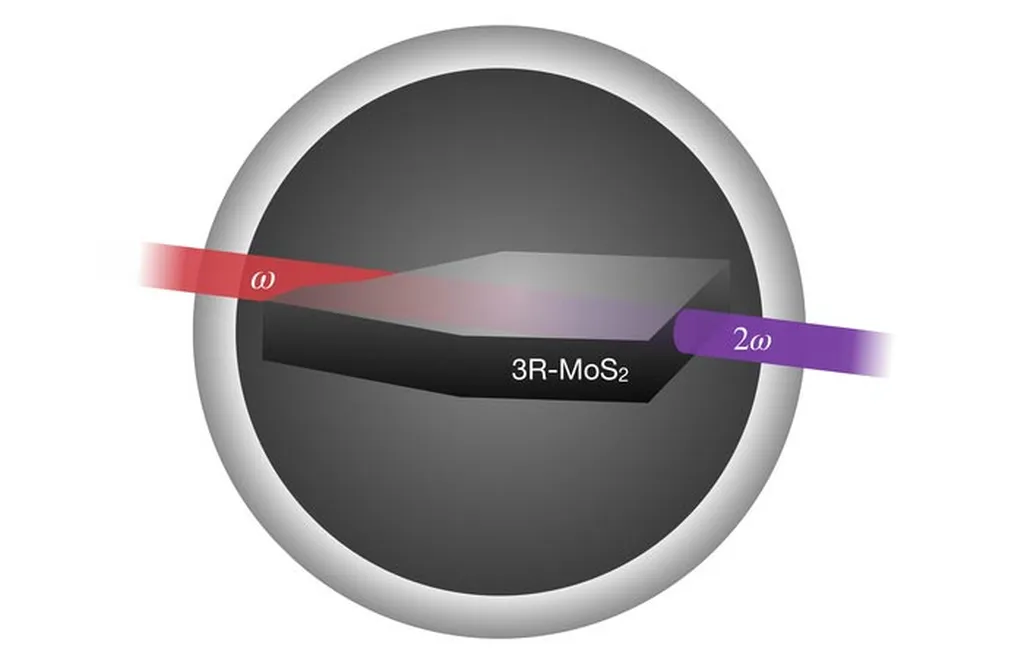In a groundbreaking development that could reshape the future of photonic applications, researchers have unveiled a novel approach to enhancing nonlinear optical (NLO) properties through interfacial engineering. The study, led by Bo Ma from the Institute of High Energy Physics at the Chinese Academy of Sciences (CAS), focuses on the Mo₂Ti₂C₃/2-amino-3-hydroxyphenazine (Mo₂Ti₂C₃/HAP) heterostructure, which demonstrates significant potential for advanced energy and photonic technologies.
The research, published in the journal *Applied Surface Science Advances* (translated as “Advanced Applied Surface Science”), highlights the synthesis of the Mo₂Ti₂C₃/HAP heterostructure via an ultrasonication-centrifugation method. This method facilitates the binding of HAP to the surface hydroxyl groups of Mo₂Ti₂C₃, thereby enhancing interfacial electron transfer efficiency. “This binding mechanism is crucial as it opens up new avenues for manipulating electron transfer dynamics, which are fundamental to the performance of photonic devices,” Ma explained.
One of the most intriguing findings of the study is the discovery of a new vibrational mode at 850 cm⁻¹ at the heterostructure interface. This mode, attributed to OH-coupled breathing vibrations, mediates the interaction between Mo₂Ti₂C₃ and HAP. Inelastic neutron scattering (INS) analysis and density functional theory (DFT) calculations were instrumental in revealing this vibrational mode, which plays a pivotal role in electron-transfer dynamics.
Femtosecond transient-absorption spectroscopy further illustrated that this vibrational mode dominates the electron-transfer process from Mo₂Ti₂C₃ to HAP, leading to excited-state reabsorption within the Mo₂Ti₂C₃ lattice. This mechanism is directly evidenced by Z-scan measurements, which revealed a distinct transition from saturable absorption (SA) to reverse saturable absorption (RSA), with a nonlinear absorption coefficient of βeff = 1.59 × 10⁻¹⁰ m W-1 at 520 nm excitation.
The implications of this research are profound for the energy sector. The enhanced NLO properties of the Mo₂Ti₂C₃/HAP heterostructure could lead to the development of more efficient and advanced photonic devices, such as optical switches, modulators, and sensors. These devices are critical for applications in telecommunications, data processing, and energy harvesting.
“Our findings not only advance the fundamental understanding of interfacial electron transfer but also pave the way for practical applications in photonic technologies,” Ma added. The study’s insights into the vibrational coupling and electron transfer dynamics could inspire further research and development in the field of materials science and engineering.
As the world continues to seek innovative solutions for sustainable energy and advanced technologies, the Mo₂Ti₂C₃/HAP heterostructure stands out as a promising candidate. The research conducted by Bo Ma and his team at the Institute of High Energy Physics, CAS, marks a significant step forward in the quest for enhanced photonic applications, offering a glimpse into a future where energy efficiency and technological advancement go hand in hand.

